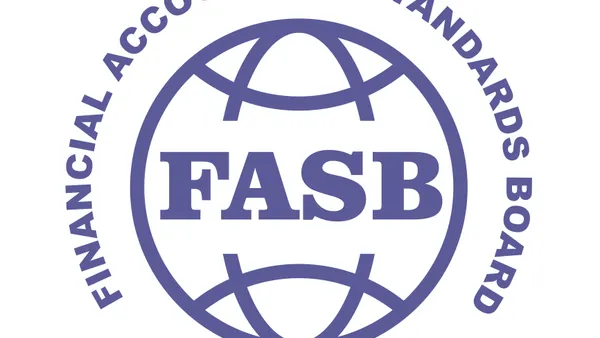Balancing growth against risk is nothing new to finance chiefs, but as CFOs look to navigate continuing economic uncertainty, alongside regulatory change, it’s a costly challenge that’s only grown more complex. The size of the governance, risk and compliance solutions market jumped over 14% to reach a valuation of $51.5 billion as of early 2025, as companies seek to hedge against regulatory and economic shifts as well as technology changes and risks, according to an April article by Securify.
In this environment, many finance chiefs are also being asked to cut down on costs amid ongoing pricing pressures, while at the same time, to find the space and resources needed to integrate emerging technologies such as artificial intelligence into their businesses.
That puts many finance chiefs in a bind: while “every CFO wants to leverage the savings associated with enhanced productivity through AI,” they also have to account for the risks that come alongside the technology — which are “enormous,” Raul Villar Jr., CEO of audit and compliance platform AuditBoard told CFO Dive.
Such risks include everything from false positives or “hallucinations” generated by AI tools, to fraud and cyberattacks utilizing the technology to unsafe practices by employees using the technology. As such, the “number one component of risk that CFOs are looking at today” surrounds where AI sits inside of their organization, Villar Jr. said in an interview.
Unraveling the AI risk tangle
Business and technology leaders have continued to shine a spotlight on AI’s potential, with many looking to tap the technology to help solve some of the challenges faced by continued economic headwinds. AI spending, especially on solutions like “agentic AI” tools that can perform tasks with little or no human supervision, has continued to jump in recent months, with a growing number of companies investing $10 million or more in the tool, CFO Dive previously reported.
In the face of all that attention, there’s “so much pressure for every CFO to be leveraging AI,” Villar Jr. said. If you’re a CFO at a public company, “it comes up on every public call. If you're [in] a private company, your board is definitely asking you. It's top of mind,” he said.
Villar Jr. has served as CEO for the Los Angeles, California-based AuditBoard — which offers audit and compliance software — since July of this year, according to his LinkedIn profile. Prior to the platform, he served as CEO for Paycor and also serves as executive chair for business management software provider Simpro. Past roles also include a 21-year span at human resource software company ADP, where he held a number of positions including serving as its SVP, sales, major account services.
As finance chiefs mull the potential return on investment of AI, however, the risks — and potential costs —associated with the technology are looming large in their minds as they seek to navigate a host of economic and regulatory challenges, including potential shifts to how AI itself is regulated.
That means CFOs have to strategically “pick their spots” when it comes to investing and integrating AI tools into their organizations, Villar Jr. said. To do so effectively, they don’t need to just understand AI capabilities and their associated risks, but the data that is being fed into the technology and the risks associated with those data sources, he said.
Keeping the focus on data
As AI becomes more commonplace inside of businesses, CFOs will face a twofold challenge: they will need to ensure the security of the data being fed into emerging AI tools, while also being able to quickly parse the insights they need from that data, he said.
“Protecting your data is critical, but turning data into insights is probably the most important thing a CFO has to learn to do because we've all gotten accustomed to a certain data layer…that [companies] report on,” he said.
As the technology matures, CFOs should approach their AI investment decisions similarly to how they approach headcount decisions: “It’s just another lever to pull from a productivity perspective, but each function is different and you're going to have to pick winners and losers within your firm and test and manage quickly,” Villar Jr. said.











